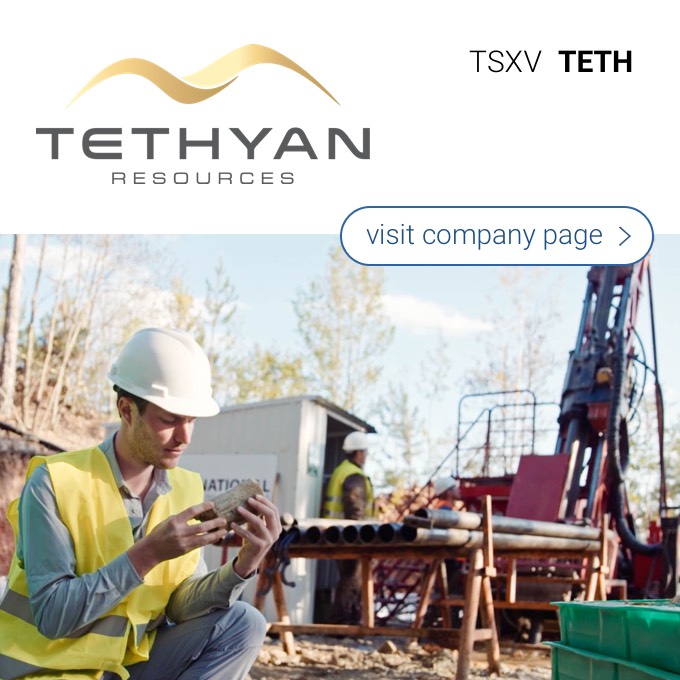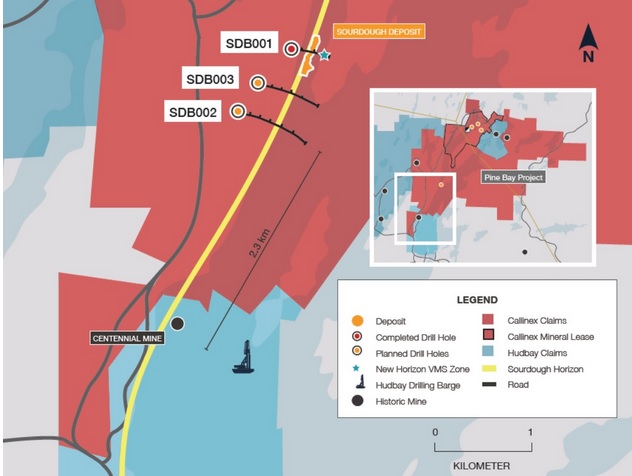We have recently started coverage of Cancana Resource Corp (CNY.V), which is the joint venture partner in BMC a Manganese mine in Brazil’s Rondonia state. Even though most people are familiar with manganese being used in the production of steel, BMC’s end product will actually be used in the fertilizer industry. BMC hasn’t completed a NI43-101 compliant technical report yet, so the company is unable to give an official production and cost guidance to the market.
The company plans to publish a NI43-101 by the end of the 2015. Based on our understanding of the current state of the manganese market and the characteristics of BMC’s property, we would expect BMC to ramp up to a production rate of 20,000 tonnes per year (the capacity of the plant), which should ensure Cancana is cash flow neutral by the end of this year (excluding exploration expenses). Keep in mind those numbers are our guesstimates and cannot be considered to be the company’s official guidance.
We sat down with Anthony Julien, CEO of Cancana for a Q&A session to learn more about the background of the company and the flagship BMC project in Brazil.
[download_link link=”http://caesarsreport.com/freereports/CaesarsReport_2015-06-23.pdf” variation=”blue”] DOWNLOAD REPORT [640kB][/download_link]
[download_link link=”http://caesarsreport.com/freereports/CaesarsReport_2015-06-23.pdf” variation=”blue”] DOWNLOAD REPORT [640kB][/download_link]
[fancy_header3]TEXT VERSION[/fancy_header3]
[margin20]
Can you tell us a bit more about the use of manganese in the fertilizer sector? How is manganese used?
Most of the manganese produced in the world is used in steel manufacturing. Few people know manganese could also be used in the agriculture sector, and that’s exactly the sector our project is focusing on, as the quality and purity of our ore is high enough to be used in fertilizer products.
Manganese is a critical element to normalize the cell function in plants, and is a key ingredient in micronutrient fertilizers. The micronutrients are either applied in a solid form directly to the soil, or sprayed in a ‘foliar’ form.
Fertilizer manufacturers require a very high grade manganese that is also very low in impurities such as heavy metals like lead and iron. Currently, domestic fertilizer manufacturers in Brazil struggle to find a consistent supply of high-grade, high-purity manganese.
Soybeans in particular struggle when the soil is deficient in manganese, and BMC is located adjacent to Brazil’s soybean heartland in Mato Grosso which is a primary market for high grade manganese product.
Here is a helpful infographic to further explain how manganese, fertilizer and Brazil all relate: ‘The Sprouting Market for Manganese Fertilizers in Brazil’.
You recently increased the total land package to in excess of 100,000 hectares which is huge by any standard. What are your exploration plans for the coming 6-12 months and are there certain objectives you’d like to meet?
Cancana has never been in a better position to advance the BMC project than it is right now. The first-ever regional aerial geophysics has started in April right after the rainy season and will be completed by the end of June. As the majority of the +100,000ha is covered in overburden, we are excited to see what other targets may emerge.
A first-phase drill program of 2,000 meters has commenced and should be complete by August, initially targeting areas of past production and known vein occurrences. Manganese is generally only economic to depths of approximately 50-70m depending on vein widths, so we should be able to drill quite a few holes to those depths.
Cancana is aiming to advance the project to a maiden resource estimate in mid to late 2016.
The BMC property produced just over 4,600 tonnes of Mn material in 2014, how easy (and expensive) will it be to ramp the production rate up to 50,000 or 100,000 tonnes per year?
We are currently evaluating a few different scenarios based on an engineering audit recently completed by international engineering firm Ausenco. The Company expects to release results from this study in the coming weeks. The preliminary view is we can improve the current plants to combined production capacity of 50 000 tons per year.
How does your average grade compare to the average grade of your closest competitors?
The next highest grade mine in Brazil averages 46%, so at 53%, Cancana officially has the highest-grade project in the country. Should the project advance to commercial production at that grade, it will be the highest-grade manganese mine in the world and this puts us in a great position.
High grade is critical because the agricultural-grade manganese needs to be at least 48% AND low in impurities. The BMC project is not only high-grade, but also very high-purity.
How is the infrastructure at the BMC project? Will you mainly serve domestic or export markets?
The current small-scale operations will focus on the domestic markets. There are two plants on the property connected by a combination of sealed and unsealed roads. Each plant is currently running on diesel, but is going to be moving over to the main power grid soon. Power is not an issue where we are. The project itself is located 25km from the closest town and only 20km from sealed roads. The closest town Espigao d’Oeste has a population of approximately 30,000 and is home to BMC’s corporate head office
Could you clarify the ownership structure of the project?
Cancana is partnered with Ferrometals in a joint venture on the BMC project. Ferrometals is a wholly-owned special purpose investment vehicle of The Sentient Group, a $2.7B Private Equity fund focused solely on the resource sector.
Cancana has recently completed a land consolidation agreement and now owns 33% of BMC. We have the option to increase its ownership to 40% in the next four months (by mid-November) by making a $2.8M ‘catch-up’ payment into the JV. This is based on the initial valuation back in 2013.
To date, Ferrometals has invested just over $9m into Cancana and currently holds 47% of the issued and outstanding shares.
What’s your cash position and do you intend to raise more cash anytime soon?
We actually just completed an over-subscribed financing which is very good for our shareholders. It has topped up Cancana’s cash position to $750,000 and was done at market pricing with no warrants or other fees and commissions which is quite rare in the junior mining space.
The budget for BMC is currently being finalized and Cancana will need to contribute as per its share in the JV. Cancana also has the option to increase its position in the JV which it plans on doing. To increase its share from 33% to 40%, Cancana will contribute US$2.8M to BMC in a ‘catch-up’ payment. Cancana will need to go to market to increase its position in the JV with Ferrometals, who will participate to their position pro-rata.
Who are your main shareholders?
Our main shareholder is Ferrometals and indirectly The Sentient Group. We also have a number of key retail shareholders and insiders holding positions.
How would you describe Sentient’s role on the corporate level? What are the advantages of being backed by Sentient?
Sentient offers Cancana a wealth of technical and operational experience at the corporate level, often without charging for it. With over $600M invested in Brazil, Sentient also carries leverage at the political level, and can access key provincial and federal stakeholders to work towards project success.
Advantages:
• Leverage of a big organization
• Sentient is already established in Brazil, is very comfortable doing business there and understands and appreciates its unique benefits and challenges
• Additional resources at Sentient are focused on making BMC a success at no direct cost to Cancana
What’s the end game for Cancana?
The end game for Cancana is to maintain its position in BMC throughout the development process all the way to pre-feasibility. It is Ferrometals intention to advance BMC through to that stage and potentially sell the asset which would pay out Cancana shareholders.
[divider_top]
Disclosure: Blackheath Resources is a sponsor of the website. We hold a long position. Please see our disclaimer for current positions.













